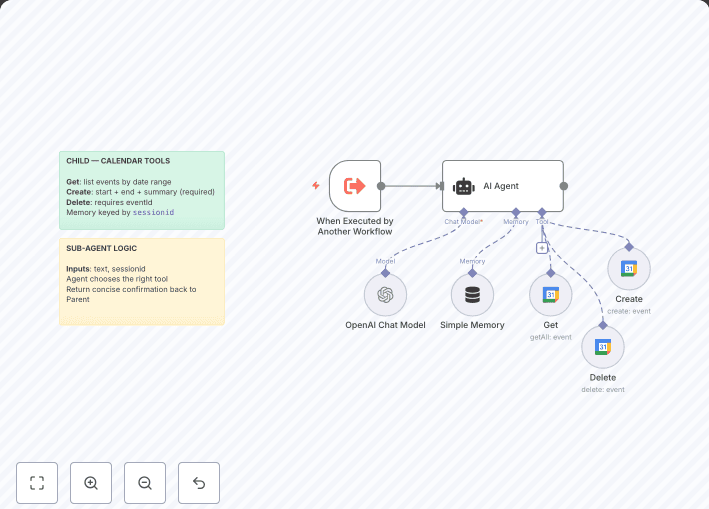Overview
When designing user interfaces, toolbar icons often get overlooked, even though their placement and grouping dramatically impact usability and user flow. This workflow leverages Gemini AI to automatically analyze UI screens, classify toolbar icons based on Apple’s Human Interface Guidelines (HIG) , and suggest optimal placements.
By combining AI analysis with structured placement logic, this workflow helps designers build more consistent, efficient, and user-friendly interfaces—without spending hours manually arranging icons.
🚀 Features
- AI Classification : Uses Gemini AI to analyze screenshots and classify icons into roles like
.primaryAction, .navigation, .confirmationAction, and more.
- HIG-Based Placement : Automatically assigns icons to the correct toolbar areas—Leading (Left), Trailing (Right), Center, Bottom, or System-decided.
- Usage-Aware Reordering : Reorders icons based on frequency of use so the most relevant actions appear where users expect them.
- JSON Output : Delivers structured results for seamless integration into design tools or documentation.
🔧 Setup Instructions
-
Install the Workflow : Import the workflow into your n8n instance.
-
Configure Input :
- Upload a screenshot of your UI.
- Upload a set of icons you want to classify and place.
-
Set Up Gemini AI Node :
- Add your Gemini AI API key in the node’s credentials.
-
Run the Workflow : Submit the inputs and let the AI classify and assign placements.
-
Export Results : Copy the JSON output or connect the workflow to your preferred design/documentation tools.
⚙️ How It Works
- Form Submission – Capture screenshot + icons.
- Gemini AI Agent – Interprets screen context and classifies each icon.
- Placement Logic – Maps icons to the correct toolbar areas.
- Reordering – Adjusts order based on relevance and HIG standards.
- Structured Output – Produces clean JSON for further use.
🎨 Customization
- Change AI Prompts : Modify the Gemini AI node prompts to reflect your app’s design language.
- Adjust Placement Rules : Update logic to follow custom guidelines beyond Apple HIG.
- Integrate with Design Tools : Send the JSON output directly to tools like Figma, Sketch, or internal systems.
💡 Why This Matters
- Consistency : Ensures toolbar designs always follow Apple’s HIG.
- Efficiency : Saves designers hours of manual icon placement.
- Scalability : Works across multiple screens, flows, and apps.
- AI-Assisted Design : Augments designer decisions with structured insights instead of replacing them.


